There are two types of businesses. There are the ones that base their marketing strategy on conventional wisdom they get from blogs and expert opinions. Then there are businesses that base their marketing strategy on research relevant to their business.
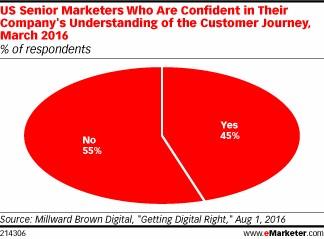
Out of all businesses that operate online, only 55% are confident they understand the customer journey. What can a business achieve with the marketing campaign if the executives don’t understand their customers and how they come to the decision to buy? It’s hard to focus your efforts on the right audience and show them the right message.
So what do you have to do to join the other 45% of businesses? Add customer journey mapping to your marketing strategy. We’ve broken down this process into six steps that take place in two parts: gathering the data and then incorporating your findings.
Gathering data
The first steps toward making your marketing campaign more effective are data gathering. Having the correct data on your customers and their behavior ensures you base your messaging on real-world facts, not your assumptions. Here’s where you start.
1. Create a user persona
Before you start mapping out a user journey, you have to understand the user. Without it, the majority of your work with the customer journey can be in vain. Here’s what you should know about your customers.
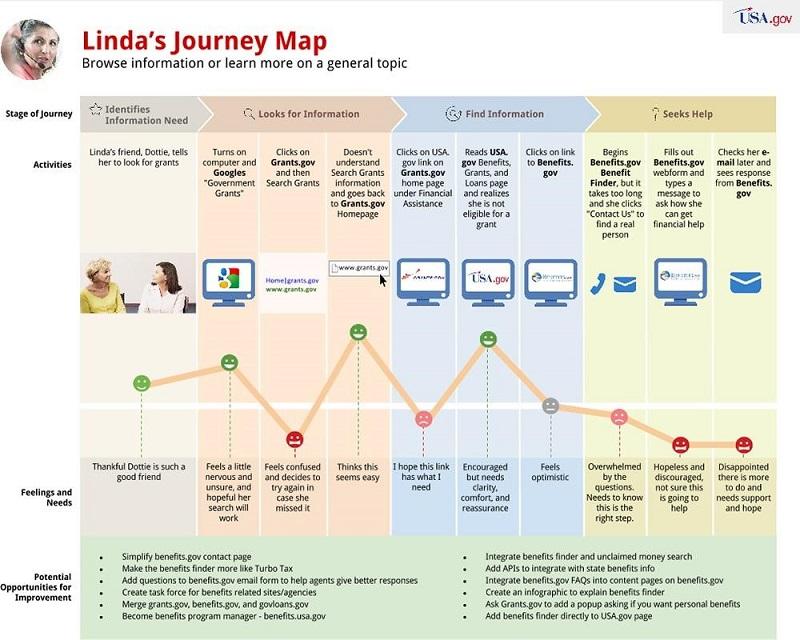
Knowing the basic demographic information is a must when you’re creating a user persona. You have to know customers’ age, sex, marital status, location, and job position. This information is easy to retrieve, and it will give you a basis for understanding their values. Interests of a 35-year-old married woman are quite different from a 20-year-old man.
Then, you have to learn about the problems the customers solve with your products. This type of information takes a bit more work to learn, but it gives you valuable insight. You will understand what key things you can leverage when marketing to your audience.
Another piece of information you have to find out is your audience’s general interests. Understanding their cultural background makes it easier to craft a message they would resonate with your readers.
The last thing you have to find out is what online resources do they use to find information before making a purchase. Social media influencers, blogs, and Facebook groups that have established authority in your industry all can serve as touchpoints for your campaign.
Here’s how you can gather all of this valuable data.
The easiest way to collect user data is by getting it through contact or sign-up forms. The problem with this method is the more data you ask to provide upon registration, the more users will decide to skip filling in the questionnaire.
This means you can only get their name without compromising the bounce rate. This is still great since you will you that later in your email marketing.
You can compensate for losing that data by configuring Google Analytics to show information on demographics and interests. Google Analytics will give you insight into users’ age, gender, and interests.

The most powerful thing about it is that you can compare the demographic information to revenue. This will help you segment the audience to find the groups you want to focus on later.
You can run pretty much the same analytics with Facebook Audience Insights. There’s one crucial distinction between the two you have to be aware of, though: Facebook gives you an insight into the part of your audience who are mostly in the first stages of the sales funnel. Google Analytics covers all of it.
While we’re on the topic of social media, open a couple of Facebook or Instagram accounts of your clients and study them. Look at what motivates them, what do they find funny, what values do they have. Look for common themes that occur in many profiles.
To make sure your quantitative data is correct, gather it directly from the users. You can’t do that upon registration because you may scare off potential customers. You can, however, gather that information gradually.
Show your registered users popups with questions once in a while. It’s not intrusive, and you’ll be able to get the whole set of data after a period of time. The other way of gathering data is asking newsletter subscribers to fill out a questionnaire.
The last thing you’ll have to do to make your dataset complete is conducting personal interviews. Contact your clients and ask them to come over or arrange a Skype call. Ask the right questions, and you’ll learn more about customer preferences than you ever could with statistics.
Once that bulk of data is ready, you have to segment the audience into different groups and present each group with an individual. Give them a random name to make it easier to refer to these groups in later work.
2. Find key decision steps
Each group is different, but they all follow a similar pattern of coming to a decision to buy from you. Here are the main steps:
- Recognizing the problem
- Looking for information
- Researching alternatives
- Making a purchase
- Post-purchase actions
Viewed from the company’s perspective, this makes up a sales funnel.
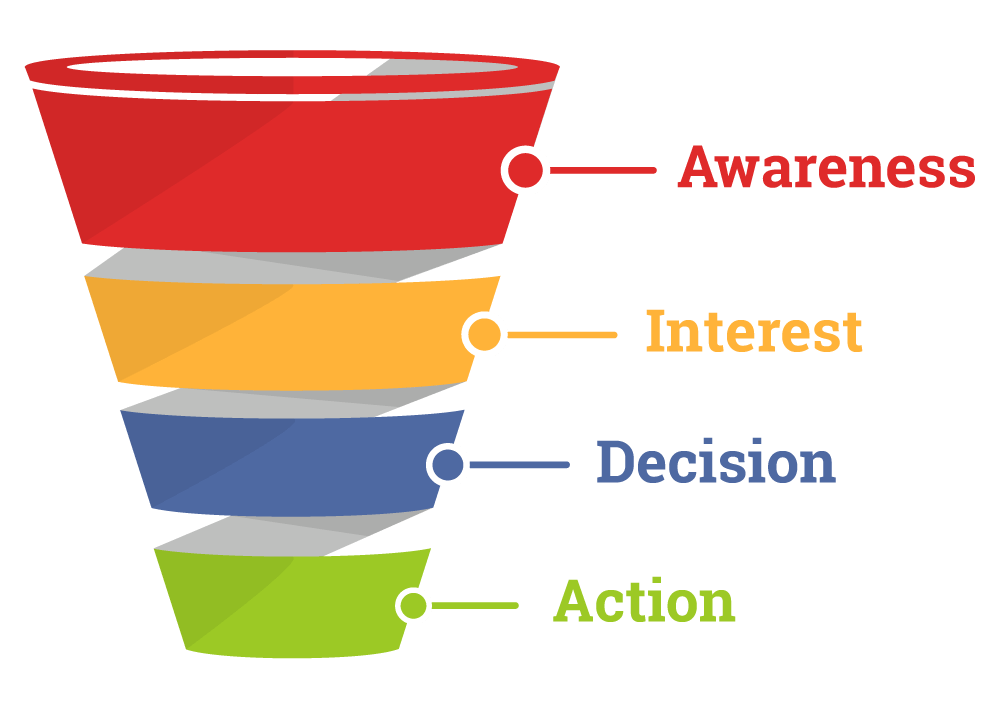
People’s behavior during each stage is different. Those who are only aware of the problem may click on an article that talks about the subject. Those who are actively seeking, will click on the ad and make a purchase.
Changing stages is a process that may take months or happen suddenly. One person may spend a month looking for a perfect air conditioner, while another may buy it impulsively when they get a bonus at work. But how do you keep track of where your potential customers are in the funnel?
Ultimately, you have to find touchpoints.
3. Find the touchpoints
Touchpoints are interactions that correspond to a certain stage in the decision process. Finding them ensures you have both the tools for understanding customers’ position on the sales funnel and promoting to them successfully.
For instance, seeing a Google Ad is a touchpoint. So is pop-up advertising and clicking on a landing page. Here are other examples of touchpoints:
- Googling specific keywords
- Seeing a retargeting ad
- Reading an article on your website
- Going to the price list page
- Subscribing to the newsletter
- Receiving an email
You can use these touchpoints to make conclusions about your clients. For instance, if someone has read articles on using your products and viewed the price list, they’re more likely to make a purchase.
That’s the bulk of the data you need to succeed. Now, here’s how you implement it.
Incorporate the findings
All the work you’ve done previously may be wasted if you fail to incorporate it the right way. Here’s what you have to do.
4. Segment the audience
The whole point of researching the customer journey is to be more precise with your messaging. The first thing you have to do is to segment your audience. Do it once, and you can use the set of data across all media.
Most advertising and marketing channels offer some forms of segmentation. From Facebook to MailChimp, you’ll be able to deliver the right message to the right people.
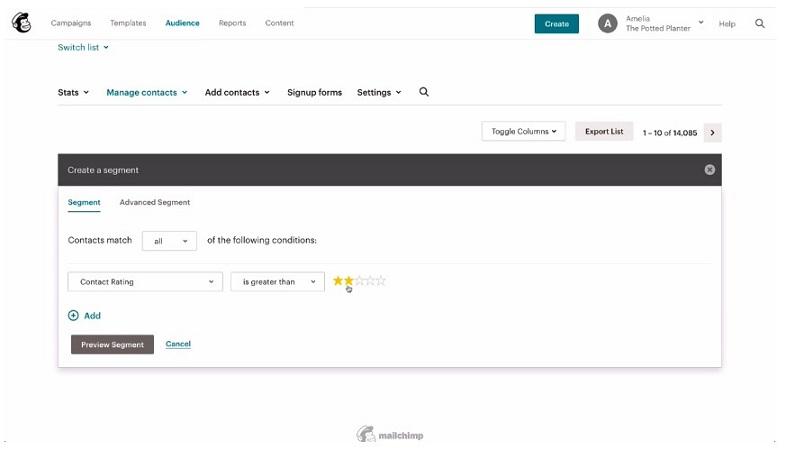
The two big factors in segmenting your audience are their user persona and their stage in the sales funnel. You’ve already gathered the data on demographics and touchpoints, so this is going to be an easy step.
5. Find the right platform
Leveraging a touchpoint to your advantage starts with the right medium: social media, display, email, a blog, even influencer marketing. Let’s run these options and talk about how you can figure out what the right platform is for your audience.
Depending on the demographics of your audience, you may want to use Facebook, Instagram, or Snapchat to more your message along. Facebook hosts the oldest audience, while 50% of Snapchat audience are 25 and younger. Facebook and Instagram give you the opportunity to segment the ad audience down to people who like your page (those on the first stages of the sales funnel) or use your app (most likely to convert). This gives you the tools to talk to any audience from your list.
Social media ads can be a great tool to increase general awareness about your company among the right audience. The same can be said about Google Display Network ads.

The CTR is terrible, less than 1% of banner ads get clicked on, but it can be a great tool for building brand awareness because impressions are also important.
Remarketing ads is what really works for conversions. Remarketing targets people who have already been to your website and may be considering making a purchase later. This means more of the audience is interested, and the CTR is higher.
Conversion also grows over time, so this is a good choice for the touchpoint.
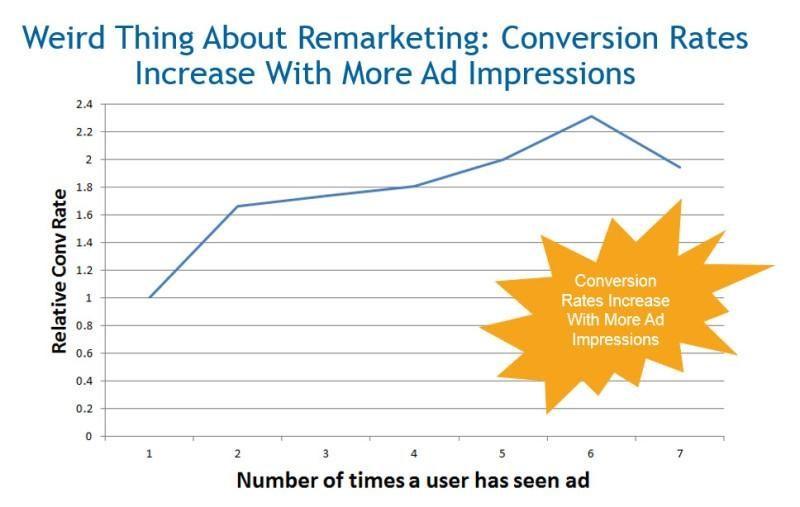
Email is a great marketing channel because it gives you the power to do so many things. You can use to gain information about the audience by running surveys and gathering data on their behavior. Then, you can use that data to make marketing more effective.
Segment your email list to make sure you’re sending the right emails to the right people. You can go even further and automate the process by creating email templates that are sent to people who did a triggering action.
For instance, you could send an email offering a small discount a day after the person has viewed the price chart. Or you can send an automatic follow-up letter to those who attended a webinar, offering them a free trial.
Articles on your website can also serve as a touchpoint. There are two ways you could use them. The first is sending articles to the newsletter subscribers to match their needs and establish your authority further.
The second way is creating great content and sharing it across the web. Sure, making it to the Featured Snippets would be perfect, but you could be content with sharing your work across several websites that have an audience similar to yours.
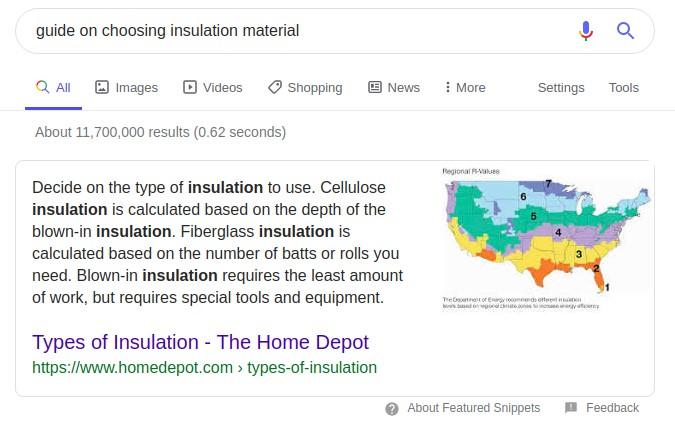
If you run a restaurant or a physical store, local search is the best touchpoint for you. People don’t spend months looking for cafes like they do with insulation materials. Being the first to pop up here when someone is looking for a cafe nearby is crucial to your success.
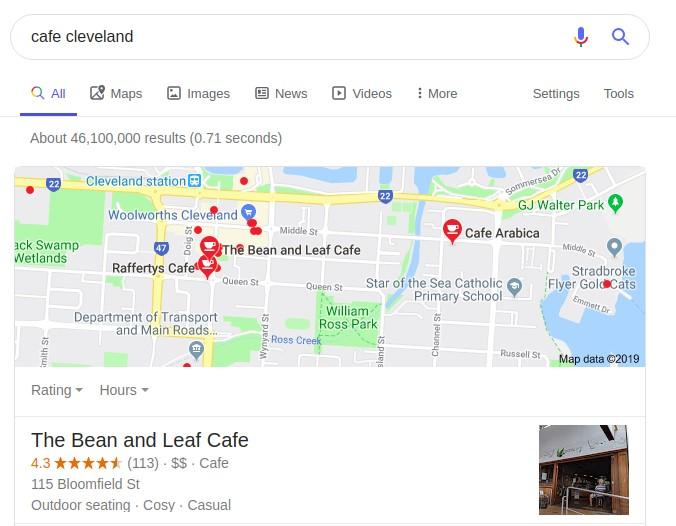
Another powerful touchpoint is using social media influencers. Here’s where your knowledge of the audience’s interests comes into place. By knowing your core audience’s demographics and interests, you can find influencers on Instagram, Snapchat, or YouTube whose audience fits your description.
Audible does a great job at influencer marketing. They cooperate with influencers who talk about history and culture and ask them to recommend a specific audiobook to their audience instead of generally talking about the company.
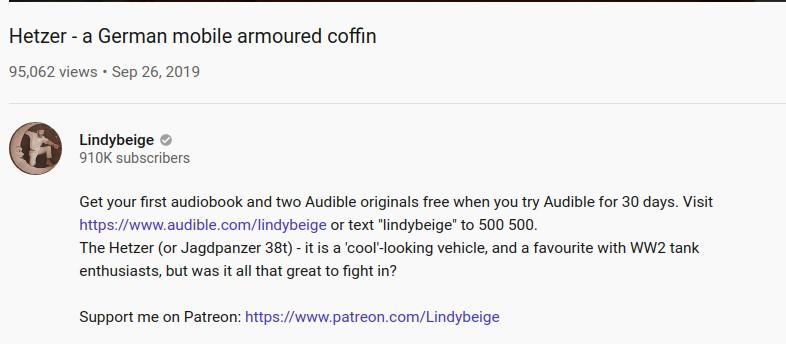
6. Identify the right message for each audience
Sometimes, showing the same message again and again works just fine. This is the case for remarketing and influencer marketing. You only need to account for the audience’s peculiarities, not their place in the customer journey.
If you keep showing someone who’s seen your price list a remarketing ad, they may convert sooner or later. But what exactly do you show? That depends on what kind of people you are targeting.
Use the information about their cultural background and the problems they solve with your product. It will give you an idea of what features of your products do you have to emphasize.
Sometimes, you need to account for the customer journey as well. This mostly concerns email marketing combined with content marketing as ads are mostly either for raising awareness or for bringing back people with remarketing. There is no gradual shift from being aware of the product to buying it, you’re just working with two different types of audiences.
This shift exists in content marketing. You can monitor how a person comes to your website from search, reads a couple of general articles, subscribes to the newsletter, and shifts to reading articles on using your products instead.
The trick here is not just to match the audience’s expectations but gently push them towards the next stage. You can do it by adding content for the next stage of the customer journey to the newsletter or similar posts at the end of an article.
You can also market the next stage of the sales funnel by offering it directly in the article or an email.

You can even be a little bit more blunt with the offer.
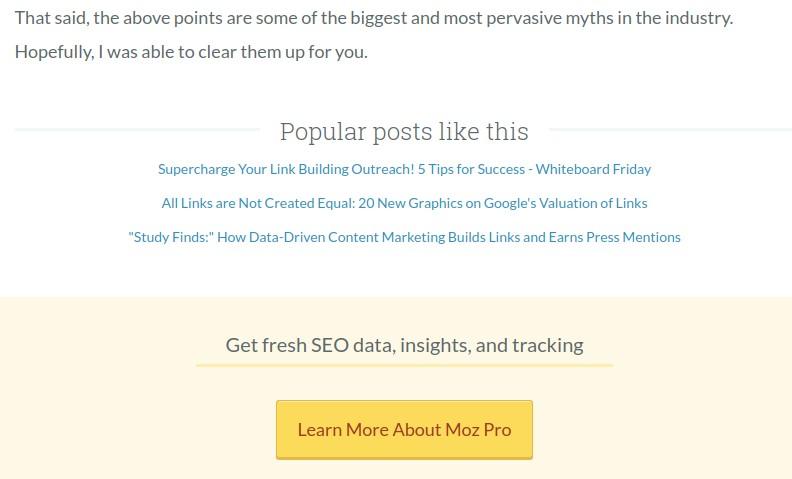
Make your marketing strategy customer focused!
The key to effectively incorporating customer journey mapping into your marketing is two-fold. You have to gather reliable data and implement it correctly.
Find data on who your customers are, and how do they interact with the brand. Knowing these two things will help you craft a message that would resonate with your audience at a particular stage in their journey and place that message in a place where it’s going to be seen.
The most important thing is to never stop improving. The worst thing that can happen to your business is taking assumptions for granted and not analyzing your performance!
About the author
Connie Benton is a chief content writer, guest contributor and enthusiastic blogger who helps B2B companies reach their audiences more effectively. With an emphasis on organic traffic and conversion, she takes big ideas and turns them into highly practical content that keeps readers hooked.
If you liked 6 Steps to Add Customer Journey Mapping to Your Marketing Strategy by Guest Author Then you'll love Miami SEO Expert

